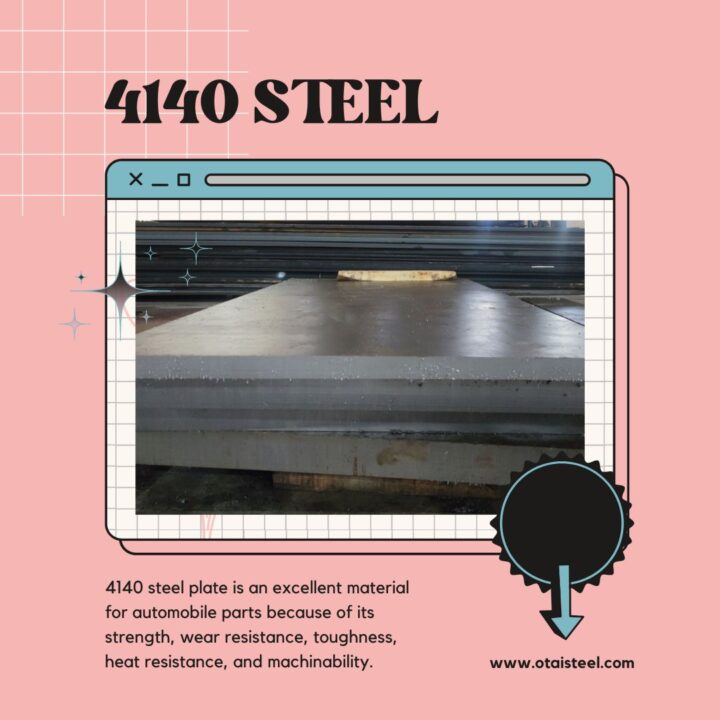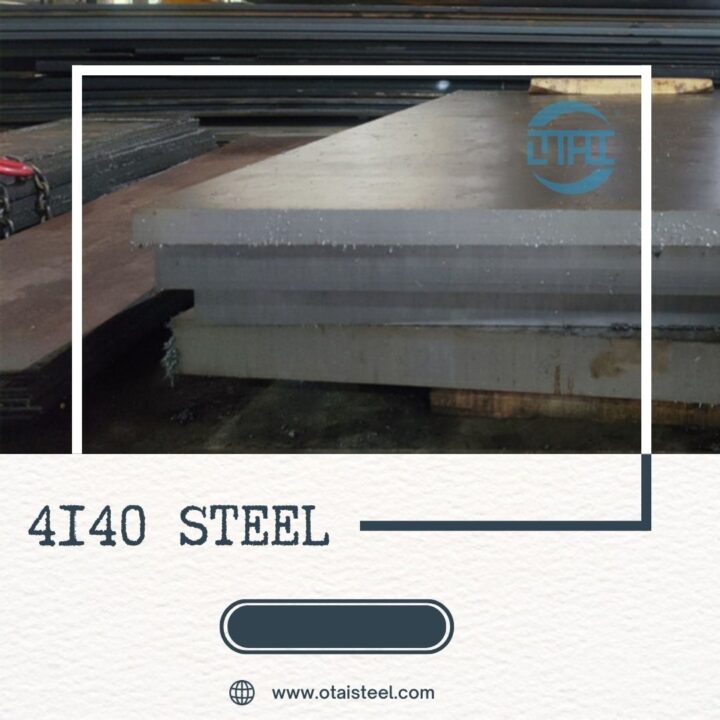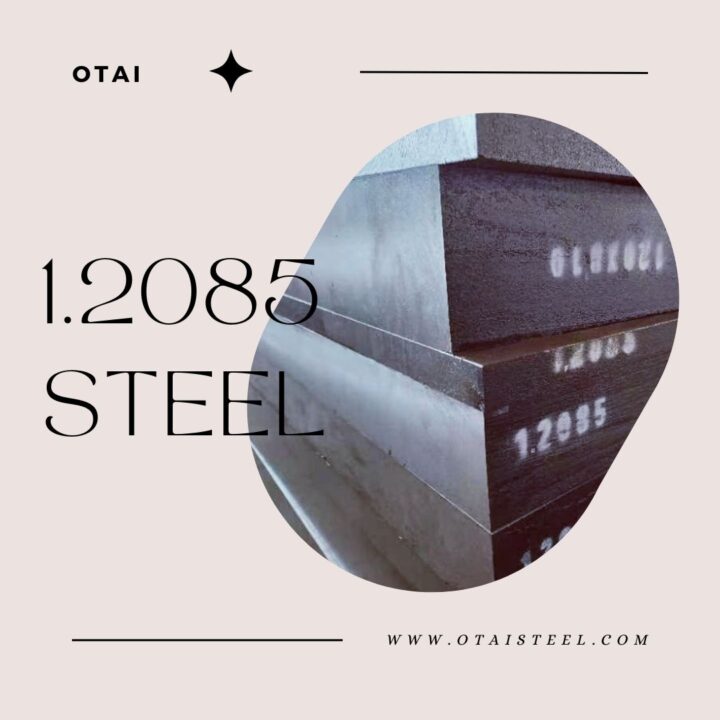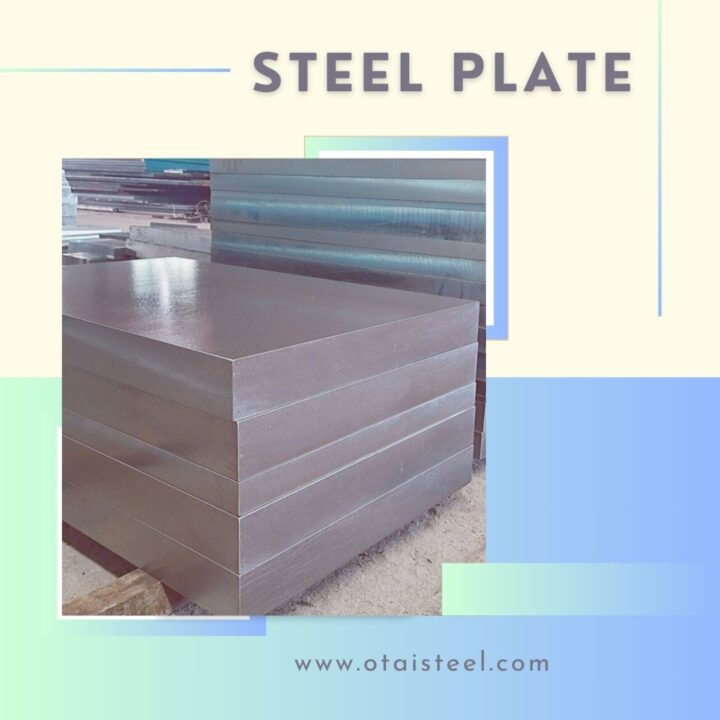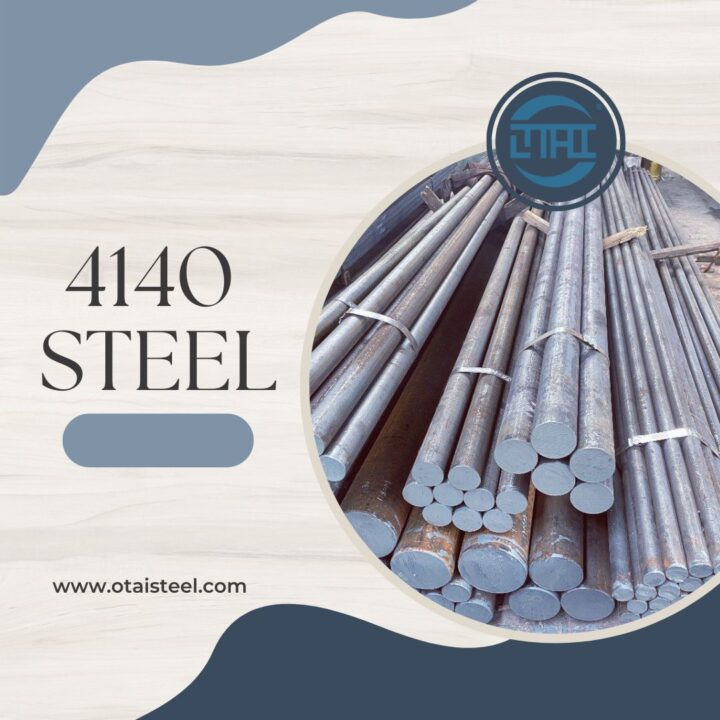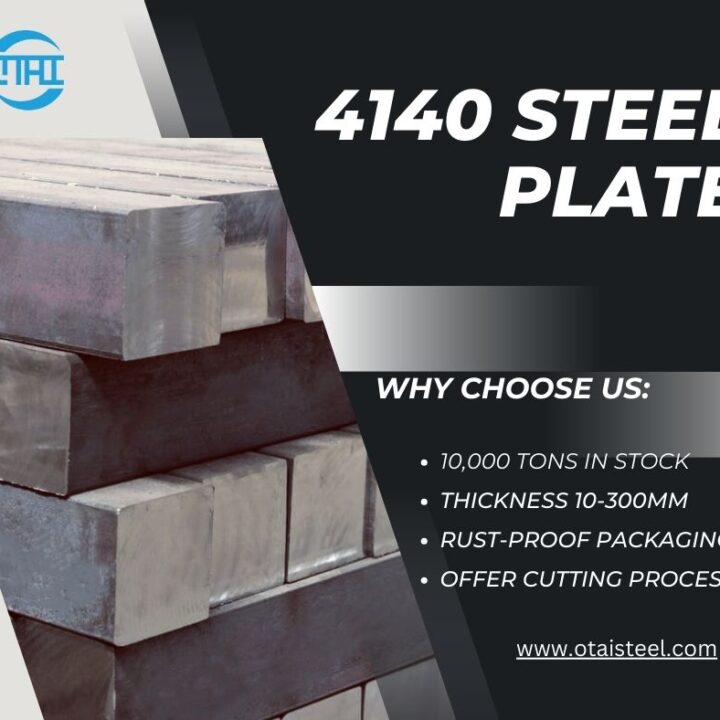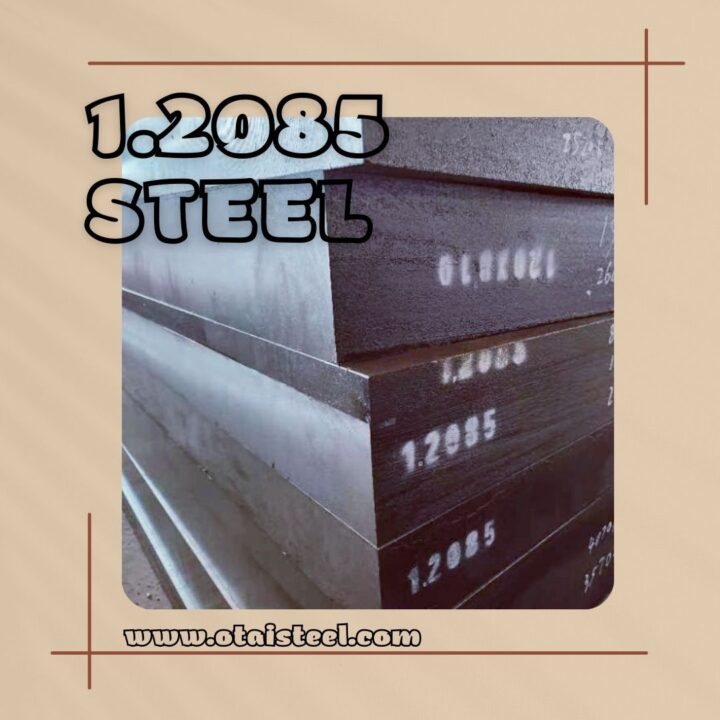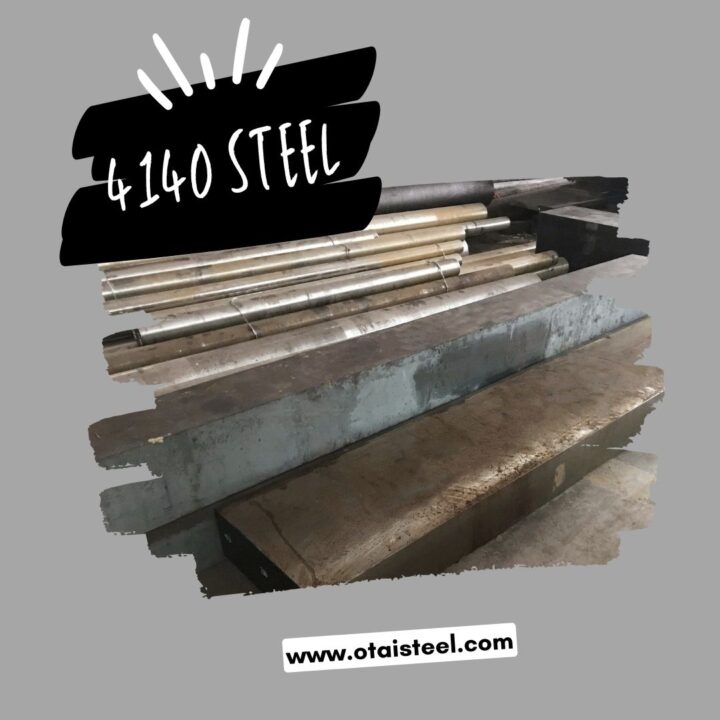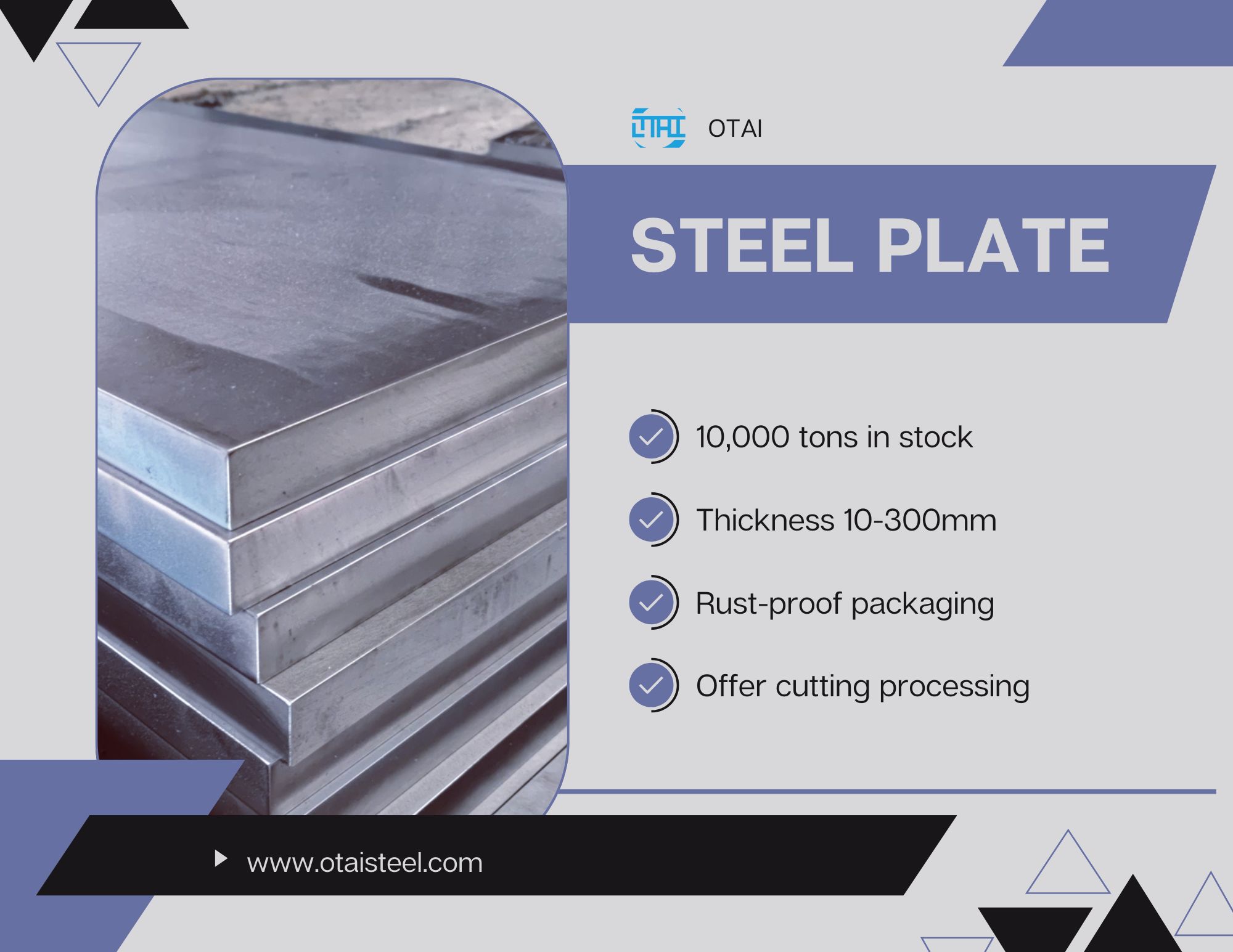 Exploring 4140 Alloy Steel Plates Hardness
Exploring 4140 Alloy Steel Plates Hardness
The demand for materials capable of withstanding rigorous industrial applications has spurred the development of specialized steel grades like 4140 alloy steel. This article delves into the crucial aspect of 4140’s hardness, pivotal in determining its performance across diverse applications.
Understanding 4140 Alloy Steel Plates
4140 alloy steel represents a high-strength, low-alloy (HSLA) steel incorporating chromium and molybdenum to bolster hardness, tensile strength, and yield point. Its unique composition and heat treatment imbue it with exceptional work-hardening properties, making it ideal for applications demanding superior mechanical resistance.
The Science Behind Hardness
Hardness, the measure of a material’s resistance to deformation by indentation, is assessed in 4140 alloy steel using Rockwell, Brinell, or Vickers hardness tests. These provide quantitative insights that correlate with other mechanical properties.
The Role of Heat Treatment in Hardness
The cornerstone of maximizing 4140 alloy steel’s potential lies in precise heat treatment. Manipulating temperature and cooling rates alters the steel’s microstructure, influencing hardness:
- Austenitizing: Heating induces austenite formation.
- Quenching: Rapid cooling forms martensite, extremely hard yet brittle.
- Tempering: Subsequent heating tempers martensite, enhancing toughness while maintaining hardness.
Achieving Optimal Hardness Through Processing
At OTAI, mastery of these heat treatment processes ensures 4140 alloy steel plates meet exacting hardness standards. Tailored treatments guarantee specific hardness levels, underscoring our dedication to quality and client satisfaction.
Mechanical Properties and Their Correlation
The hardness of 4140 alloy steel profoundly impacts mechanical properties such as:
- Tensile Strength: Resists pulling forces before fracturing.
- Yield Strength: Marks the onset of plastic deformation.
- Elongation: Measures ductility and deformation capacity before failure.
Applications of 4140 Alloy Steel
4140 alloy steel excel in applications necessitating high strength, hardness, and wear resistance, including:
- Automotive Components: Gears, axles, and drive shafts.
- Aerospace: Landing gear and high-stress components.
- Manufacturing: Machinery requiring durability and wear resistance.
Stock Availability and Customization Services
OTAI stocks 4140 alloy steel plates in various thicknesses, ensuring prompt order fulfillment. Our customization services encompass precision cutting, drilling, tapping, and tailored dimensions to meet project specifics.
Quality Assurance and Packaging
Rigorous quality checks uphold international standards for hardness and mechanical properties. Our packaging safeguards steel integrity during transit with corrosion prevention measures and robust packaging materials.
Meeting Global Technical Standards
Partnering with leading enterprises underscores our capability to meet stringent technical requirements. Detailed documentation accompanies each batch, including hardness certificates and mechanical property reports.
The multifaceted hardness of 4140 alloy steel plates dictates their performance in demanding environments. OTAI’s expertise in heat treatment ensures our plates strike the ideal balance of hardness, strength, and toughness for diverse applications.
Call to Action
For precision-engineered 4140 alloy steel plates that meet your exacting hardness requirements, rely on OTAI. Contact us today to discover tailored solutions for your steel needs, backed by a commitment to quality and precision.
